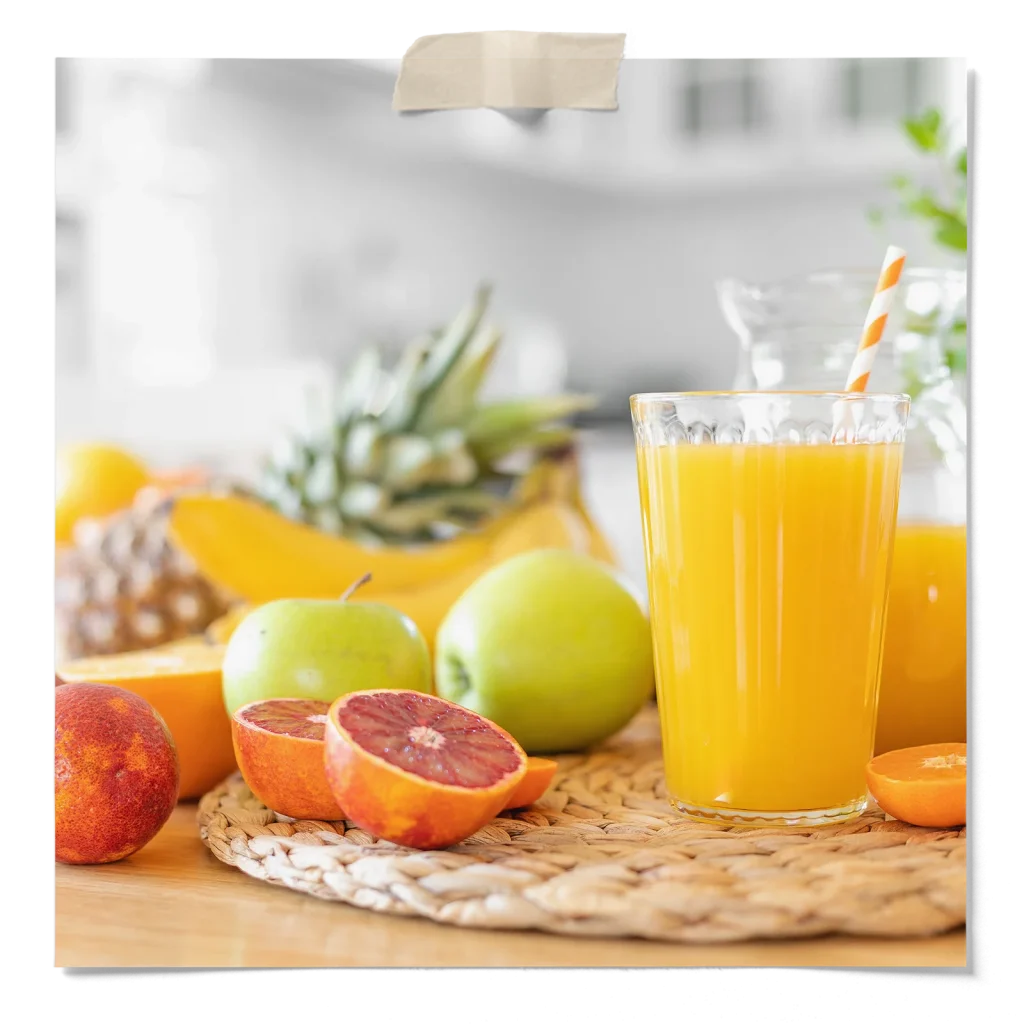
Part of the fun of making kombucha is that you get to control each ingredient and get creative with flavoring. With so many options, new brewers are often testing the ropes and looking for feedback on different flavoring methods. One question we hear a lot is whether or not you can flavor during primary fermentation.
Technically, yes, you can flavor during primary fermentation. But it’s not typically recommended. It’s best practice to wait and flavor your kombucha after primary fermentation is complete. There are a few reasons for this, all rooted in maintaining the best possible quality.
That said, there’s nothing stopping you from adding fruit juice early on, as long as proper pH guidelines are followed. So really, it’s not a matter of can vs. can’t, it’s more of a can vs. should. You can, sure. But there aren’t many compelling reasons why you should.
Still, if you’re feeling experimental, you can absolutely toss in a bit of juice during primary fermentation and see how it plays out.
To the yeast, sugar is sugar. Whether it comes from cane sugar or pineapple juice, it’s all seen as fuel, and it all gets fermented. But the two main reasons to wait until after primary fermentation before adding flavoring are:
Most kombucha brewers follow this rhythm: once a batch finishes, you bottle and drink 90%, and keep the remaining 10% (with the SCOBY) to start the next batch. But if you added juice to the primary, that 10% starter will now be flavored, changing the character of your future brew. This can be avoided by bottling the entire flavored batch and then using a separate, unflavored batch to keep the cycle going. Just something to keep in mind.
Flavors added at the beginning, prior to fermentation, often don’t survive primary fermentation well because the sugars that carry those flavors get consumed by the yeast.
As fermentation occurs, these flavors can be stripped away, and by the end, they may bear very little resemblance to their original taste. In alcoholic or yeast-only fermentation, this effect is especially pronounced; what’s left is usually a drier, more neutral profile.
So, if you’re trying to make pineapple kombucha with juice, you’ll get much better results by adding the juice during kombucha secondary fermentation instead. That way, the majority of the flavor is preserved, resulting in the full pineapple profile that most people are aiming for.
With that said, best practice is always to make kombucha using the standard recipe found here: How to make kombucha.
Then, once primary fermentation is finished, you’ve got a blank canvas to flavor in any way you want.
Fair enough. So those are all the reasons not to, but if you still want to flavor the whole batch of kombucha in the primary, go ahead and experiment however you like.
💡 Pro Tip: treat it as an experiment.
Here’s how: next time you finish a batch, split off 20% of the liquid. Use 10% to start your next classic batch of kombucha, and the other 10% of the starter tea to make your experimental batch.
When that experimental batch is finished, just bottle the entire thing so you’re not using a flavored starter to begin a new batch.
So there you have it. It’s always best practice to save flavoring for secondary, but if you want to go for it in the primary, have at it.
I just recommend bottling the whole batch rather than trying to use it to inoculate future ones. This is the fun of fermentation: the ability to experiment and see what new combinations you can come up with. Some will be great, others may end up going down the drain.
Hope this helps, and if you come up with a winner, don’t hesitate to shoot us a message. We’d be happy to post it on the site.
